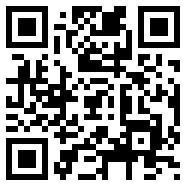 The concept of “commercial broadcasting” – presenting something to many people simultaneously and expecting an action from an audience – has led to many small non-profit organizations thinking they can use the same idea. On the surface it seems quite simple: if enough people see a message, a percentage will respond.
The concept of “commercial broadcasting” – presenting something to many people simultaneously and expecting an action from an audience – has led to many small non-profit organizations thinking they can use the same idea. On the surface it seems quite simple: if enough people see a message, a percentage will respond.
What some fail to understand is that commercial advertisers don’t simply put their message “out there” and hope. They spend millions of dollars tailoring the message for specific audiences and, in the case of radio and television, places them in specific programs their target market listens to or watches.
Have you ever seen an ad on television and shook your head wondering what it was all about? Chances are, if you didn’t get it, it wasn’t aimed at you.
Think of all the times you’ve heard a call for volunteers who are asked to use a sign-up sheet to express their interest. Or a general announcement about a need for funds. These are prime examples of broadcasting in the wrong way. Sure, there may be some response but not necessarily from the people who could make the most impact.
You may not buy Girl Guide cookies because you saw they are for sale. But you may buy when a uniformed girl arrives at your front door as asks you.
What many churches and small non-profit organizations need to learn is to ask specific people for the specific thing required, whether it’s time, skill or money. Yes, it can be awkward and you always face the possibility of a “no”, but you won’t have that opportunity to hear any response if you don’t take some action.
Next time you hear someone say “We need board members” or “We need funding for this project” respond with “Who can we ask” rather than “Let’s put up a sign.”








